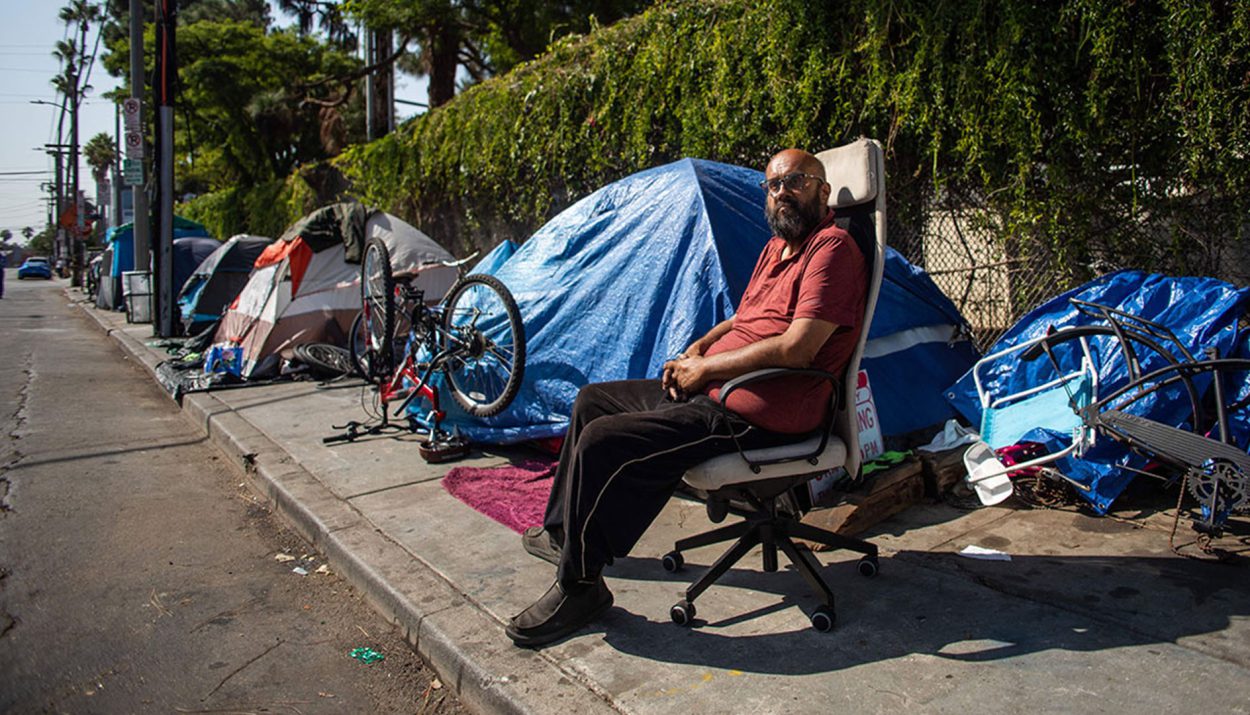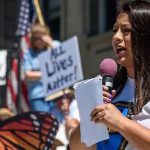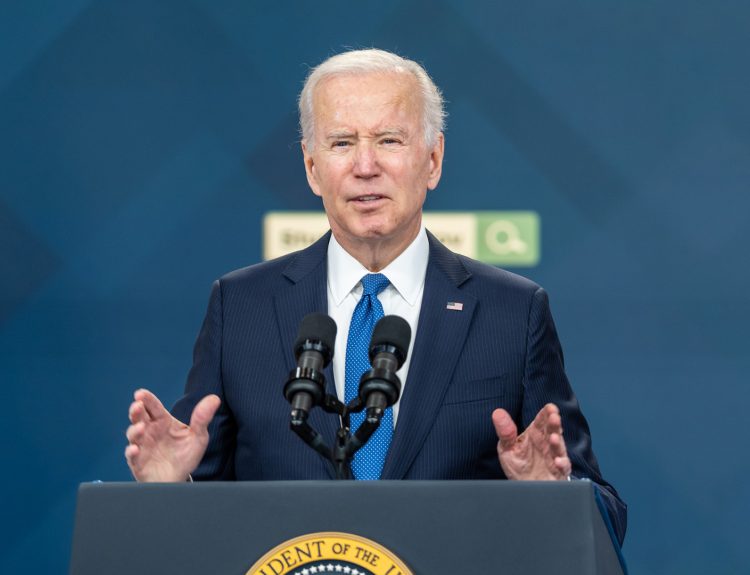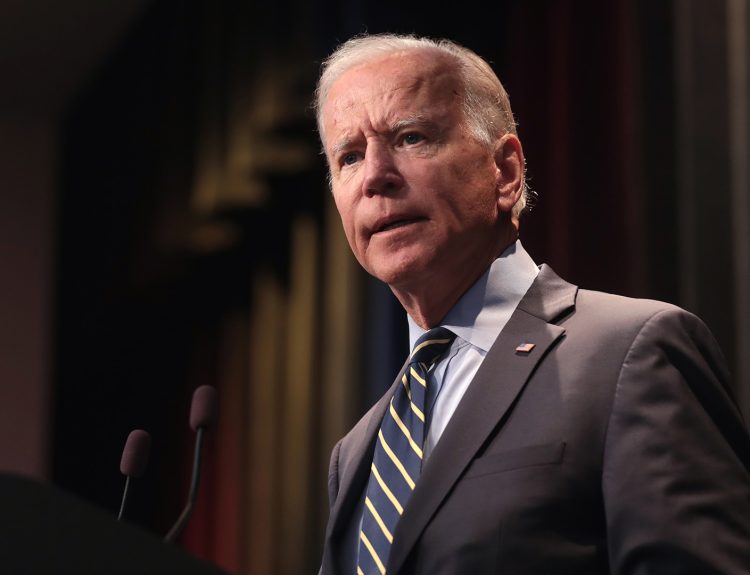During the same week that Governor Gavin Newsom’s California Interagency Council on Homelessness (CICH) attributed a state audit report’s findings to local governments, the Los Angeles City Council has arrived at an agreement to allocate $2.2 million to hire an external firm to audit its own programs.
The State Auditor Report
The state auditor report had revealed that even though California spent billions of dollars on more than 30 homelessness and housing programs from 2018 to 2023, the state had not been tracking the data spending properly to assess why the issue hadn’t improved much in its cities.
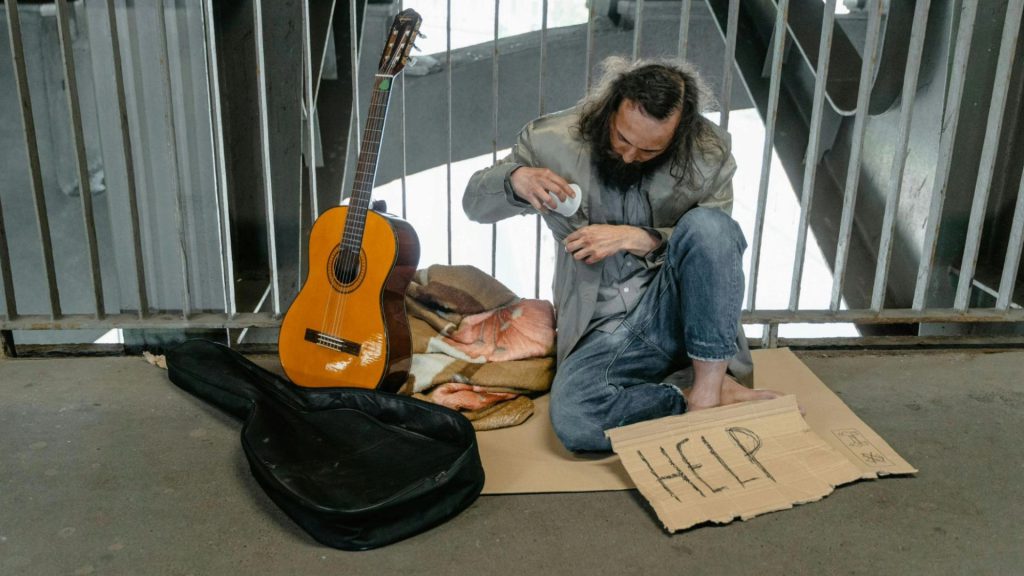
State Auditor Grant Parks wrote to Governor Newsom and California lawmakers, “This report concludes that the state must do more to assess the cost-effectiveness of its homelessness programs.”
Independent Audit of LA’s Homelessness Programs
Last month, U.S. District Judge David O. Carter, who is a federal judge in California, called for an independent audit of Los Angeles’ homelessness programs.

Carter criticized the city for failing to adequately address the problem of homelessness in recent years. Additionally, county and city officials are pressuring the primary homeless service provider to disclose the relevant data on its efforts.
Reduction In Amount
The $2.2 million agreement amounts to nearly half of the amount initially requested by the independent firm Judge Carter has chosen.

It is not clear why or how the requested amount was reduced.
LA Alliance for Human Rights’ Lawsuit
The audit follows a lawsuit filed by the LA Alliance for Human Rights – a coalition comprising residents and business owners.

The Alliance had argued that the city failed to fulfill its 2020 settlement agreement.
Failing To Meet The Terms Of Settlement
According to the agreement, the city was supposed to construct thousands of shelters, thereby, eventually clearing out homeless encampments.
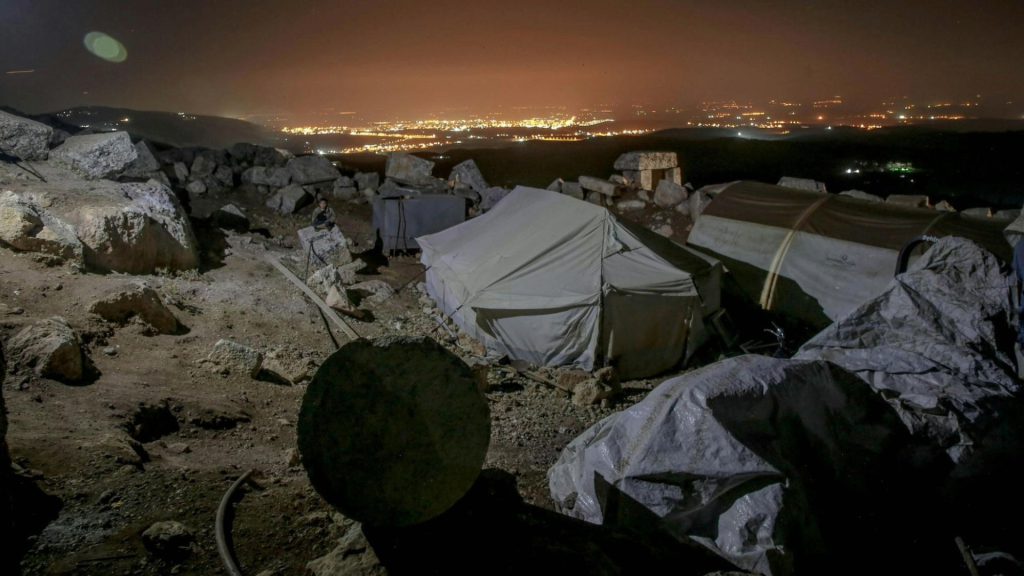
The coalition requested that Judge Carter penalize the city and potentially impose a fine of up to $6.4 million for failing to meet the terms of the settlement.
Things Getting Worse
Daniel Conway, a spokesperson for the LA Alliance for Human Rights said to Fox News Digital, “At a time when the City and County of Los Angeles are spending record levels of taxpayer dollars to address homelessness, somehow the impacts to individuals and neighborhoods are only getting worse.”
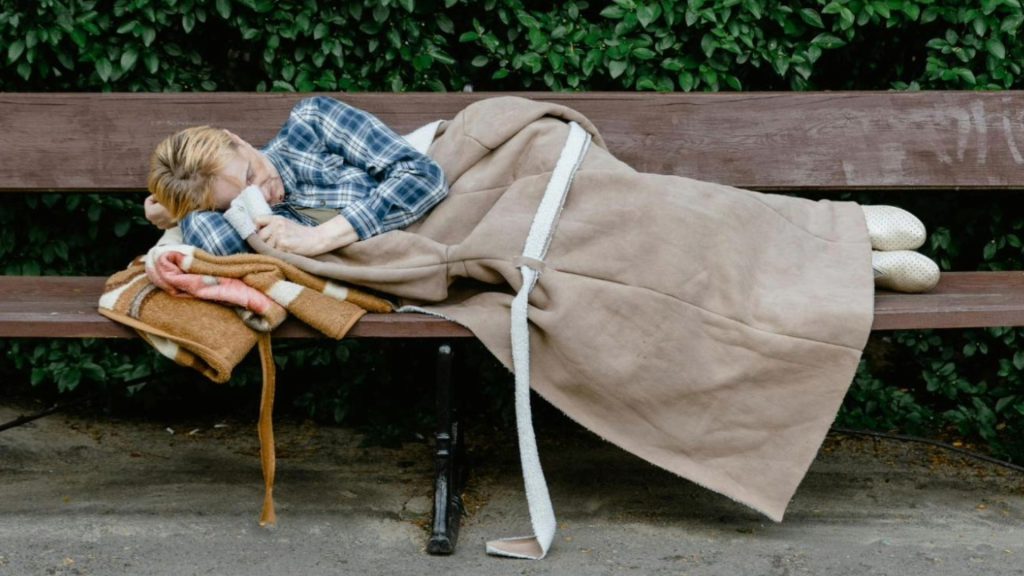
Conway added, “We are long past due for a hard look at how these dollars are being spent, and the programs used to do the work.”
Citizens Deserve To Know The Answers
While talking to Fix News Digital, Conway insisted that the audit will help provide “an unprecedented look into spending and outcomes of homeless services, with implications about how local, state and federal dollars are used.”
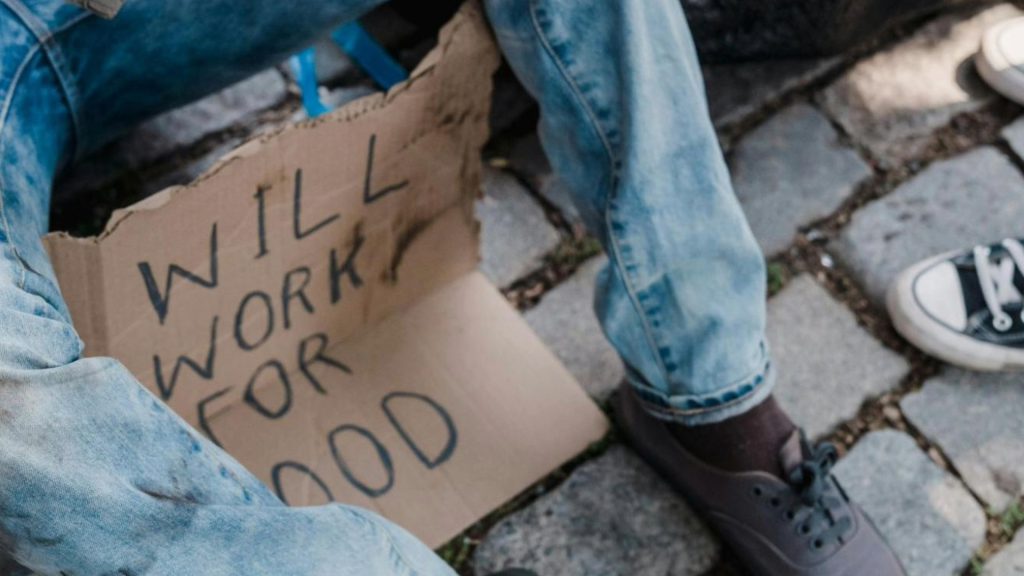
Conway added, “With five unhoused people dying every day on the streets of LA, Angelenos deserve answers.”
75,000 Homeless People In The County
According to the data provided by the Los Angeles Homeless Services Authority (LAHSA), the primary agency responsible for overseeing homeless services in LA, over 75,500 individuals were classified as homeless in 2023, marking a staggering 9% increase countywide.
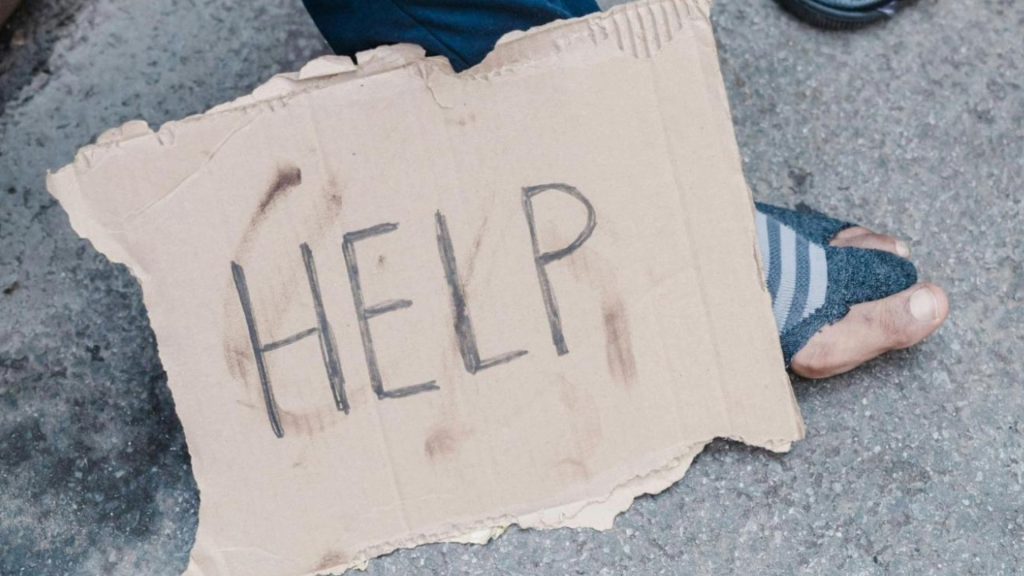
Within the city of LA, around 46,200 people were classified as homeless. This number represents a 10% increase compared to the previous year.
LAHSA Evaluation Framework
In March, city council members introduced a motion to create a structured evaluation framework for LAHSA.
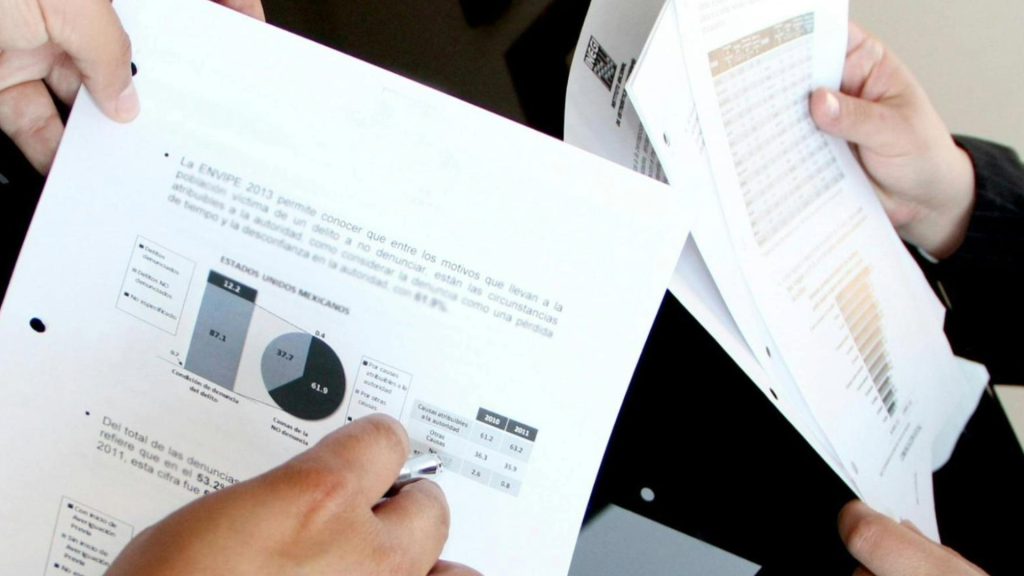
The framework aims at reviewing the agency’s contracts, expenditures, and other relevant data points.
LAHSA’s $845.4 Million Budget
The 2022-2023 budget for LAHSA amounted to approximately $845.4 million, of which $726.2 million had been allocated to homeless service providers.

LAHSA’s financial documents reveal that nearly $662 million was designated for housing initiatives while a little more than $40 million was allocated to cover LAHSA’s administration costs.
Homeless Is A Huge Issue In California
Despite the significant amount of taxpayer funding, the homeless population in California has been rapidly rising. California currently has the highest number of homeless individuals living outdoors in the U.S.
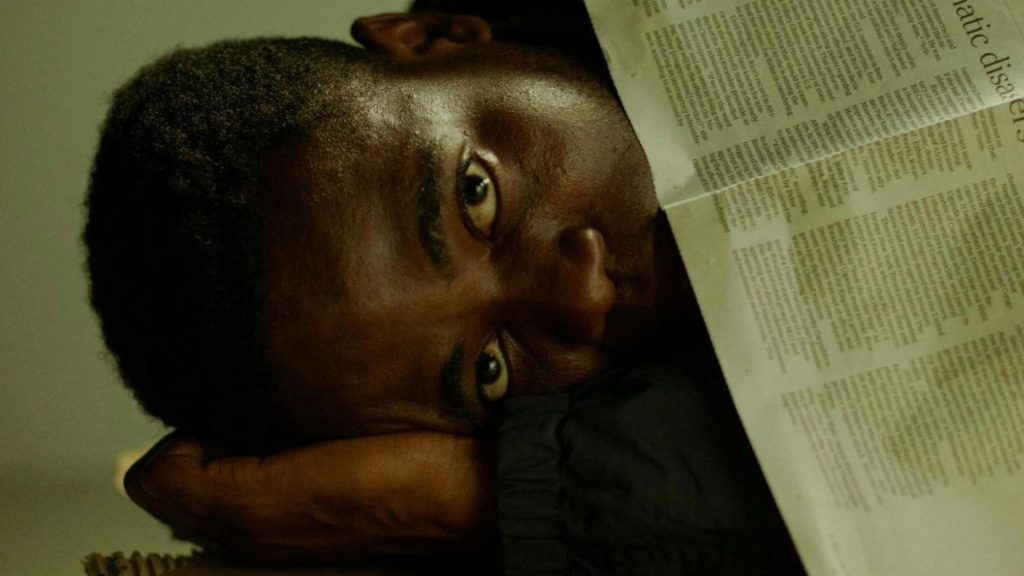
According to the state’s 2023 statistics, around 181,000 people have been identified as homeless. Many of these individuals are experiencing drug addiction and mental health challenges.
CICH Says Local Governments Are Responsible
A senior spokesperson for the CICH told Fox News Digital that the findings of the audit “highlight the significant progress made in recent years to address homelessness at the state level, including the completion of a statewide assessment of homelessness programs.”

The spokesperson also stated that local governments “are primarily responsible for implementing these programs and collecting data on outcomes that the state can use to evaluate program effectiveness.”
$1.73 Million Spent On “Anti-Homeless” Signs
The L.A. TACO reported that according to data obtained from the City Administrative Officer (CAO), the city of LA has spent over $1.73 million displaying thousands of so-called “anti-homeless” signs in the past few years.
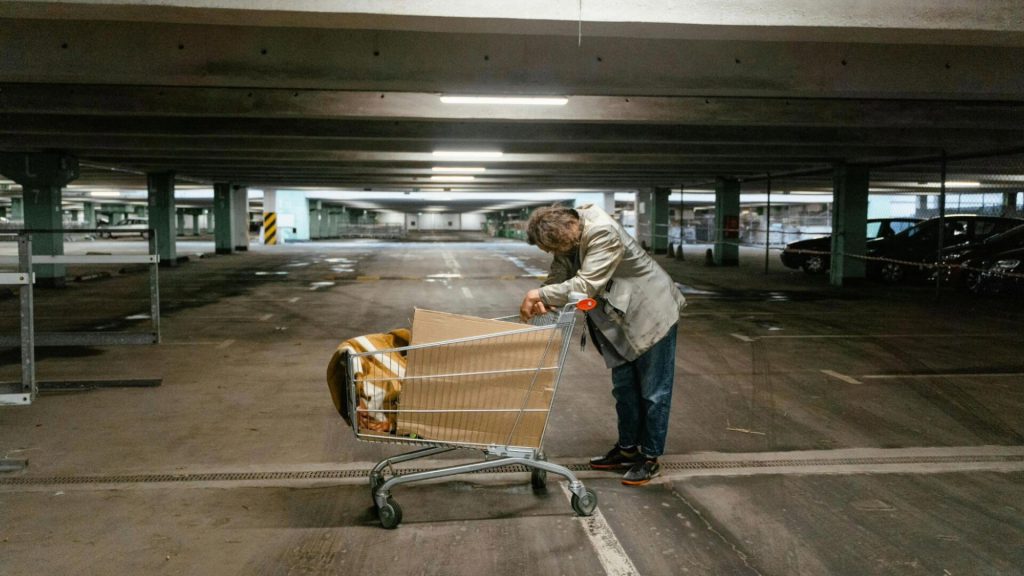
The signs are part of the city’s contentious “anti-camping” law that prohibits homeless individuals from lying, sleeping, or sitting near daycares and schools.
Criminalization Of Homelessness
Discussing the findings of the report, Adam Smith, Los Angeles Community Action Network (LACAN) organizer, said to L.A. TACO, “It’s not surprising that the city, in prioritizing criminalization and banishment, spent millions on signs instead of actually trying to address the crisis of homelessness.” Referring to LAMC 41.18, the city’s highly controversial “anti-camping” law, Smith said, “These 41.18 zones, like LAMC 41.18 generally, are a complete failure.”

LA City Council President Paul Krekorian defends LAMC 41.18 saying, “The ordinance does not ‘criminalize homelessness,’ and it is not an alternative to housing programs like Inside Safe. It simply prohibits encampments in specified limited areas that are especially dangerous to the unhoused themselves or that unreasonably impede the public’s use of the public right of way, or are adjacent to sensitive areas such as schools and child care centers.”

